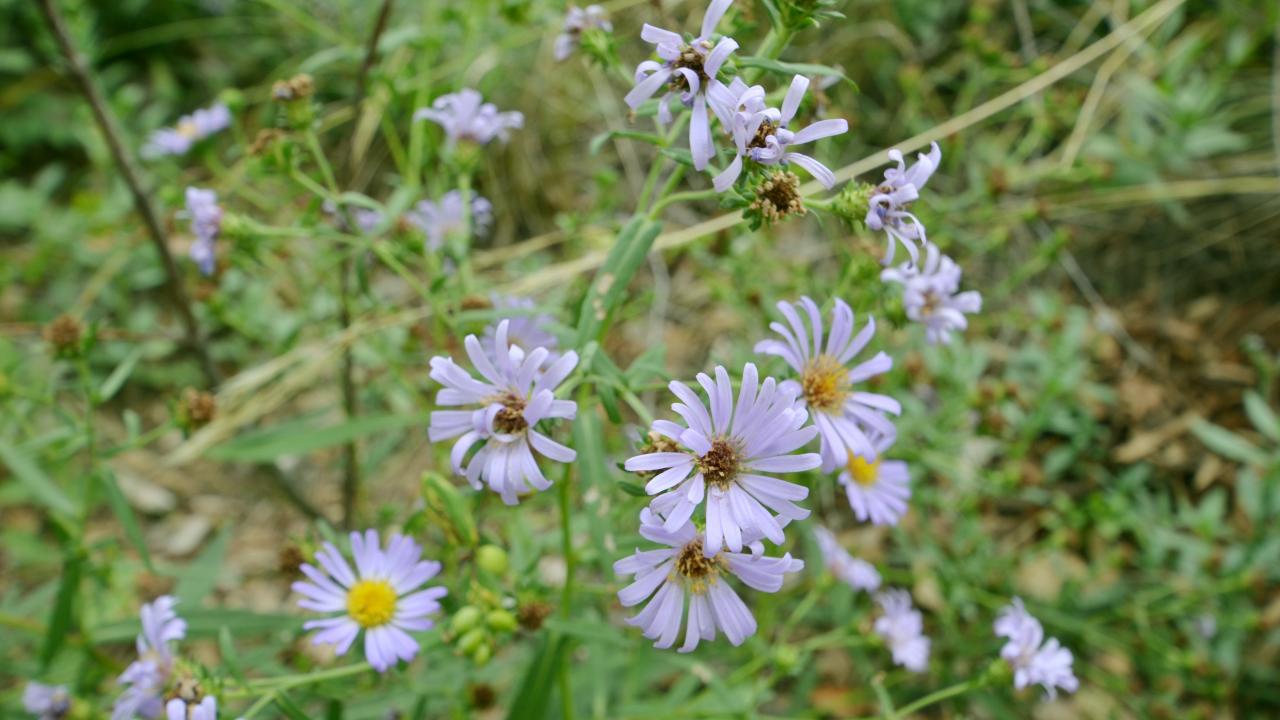
8 Summer-blooming Plants
Drought and the increasing cost of water are driving many people to look for low-water alternatives to conventional landscaping. Fortunately there are plants, especially California natives, that flower during the long, hot summer but require little or no summer irrigation. Here are eight plants Ellen Zagory, the director of public horticulture for the UC Davis Arboretum and Public Garden, believes you’ll love in your water-wise landscape.
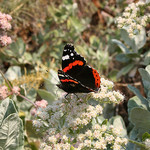 Buckwheats are favorites because of their tolerance of summer drought and long season of summer bloom. Eriogonum fasciculatum, the California buckwheat, is an easy sun-lover with clusters of creamy-white flowers loaded with nectar and pollen, beloved by a variety of pollinating insects. Eriogonum giganteum, the giant buckwheat, is true to its name, attaining shrub-sized proportions with whitish leaves and large, flat flower clusters.
Buckwheats are favorites because of their tolerance of summer drought and long season of summer bloom. Eriogonum fasciculatum, the California buckwheat, is an easy sun-lover with clusters of creamy-white flowers loaded with nectar and pollen, beloved by a variety of pollinating insects. Eriogonum giganteum, the giant buckwheat, is true to its name, attaining shrub-sized proportions with whitish leaves and large, flat flower clusters.
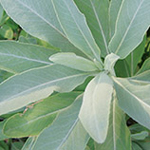 Salvia apiana, white sage, actually seems to prefer no summer irrigation after it is established. It can be awkward when young, but over time results in a lovely white-foliaged shrub crowned by long arches of white flowers in spring and early summer.
Salvia apiana, white sage, actually seems to prefer no summer irrigation after it is established. It can be awkward when young, but over time results in a lovely white-foliaged shrub crowned by long arches of white flowers in spring and early summer.
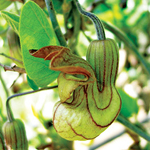 Aristolochia californica, California pipevine, is the host plant for the pipevine swallowtail, a large black butterfly with iridescent blue hindwings. The unusual pipe-shaped blossoms appear in early spring and form brown pendant seed pods by May. Although not a summer-bloomer, it made the list because it attracts butterfly activity all summer.
Aristolochia californica, California pipevine, is the host plant for the pipevine swallowtail, a large black butterfly with iridescent blue hindwings. The unusual pipe-shaped blossoms appear in early spring and form brown pendant seed pods by May. Although not a summer-bloomer, it made the list because it attracts butterfly activity all summer.
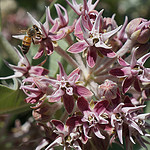 Milkweeds (Asclepias fascicularis, Asclepias speciosa) are full-sun, no-water local natives and hosts to the threatened monarch butterfly. Scientists attempting to support devastated monarch populations are calling on gardeners to try and find a place for these plants if possible.
Milkweeds (Asclepias fascicularis, Asclepias speciosa) are full-sun, no-water local natives and hosts to the threatened monarch butterfly. Scientists attempting to support devastated monarch populations are calling on gardeners to try and find a place for these plants if possible.
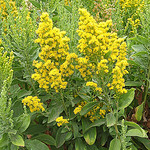 To support native bees and other pollinators we recommend a goldenrod selection we named Solidago californica ‘Cascade Creek’. Better behaved than the wild type, it will reward you with compact golden flower clusters from summer into fall.
To support native bees and other pollinators we recommend a goldenrod selection we named Solidago californica ‘Cascade Creek’. Better behaved than the wild type, it will reward you with compact golden flower clusters from summer into fall.
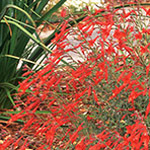 Pair the goldenrod with the orange-red blooms of California fuchsia (Epilobium canum varieties) and your garden will be the talk of the neighborhood!
Pair the goldenrod with the orange-red blooms of California fuchsia (Epilobium canum varieties) and your garden will be the talk of the neighborhood!
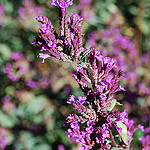 Non-native plants that have a long summer bloom and tolerate infrequent irrigation include the ornamental oreganos, especially the rosy-purple Origanum laevigatum ‘Hopleys.’
Non-native plants that have a long summer bloom and tolerate infrequent irrigation include the ornamental oreganos, especially the rosy-purple Origanum laevigatum ‘Hopleys.’
-
Another non-native that flowers in summer and tolerates infrequent irrigation is the lavender-purple, long-blooming Aster x frikartii ‘Monch’ which also attracts a fascinating variety of flying creatures.
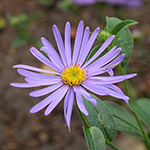
Despite heat and drought, the diligent gardener can provide habitat and food for native creatures. You can add movement to your garden in the flight of a gorgeous butterfly or a jewel-like iridescent bee. It’s better than watching the nature channel!
